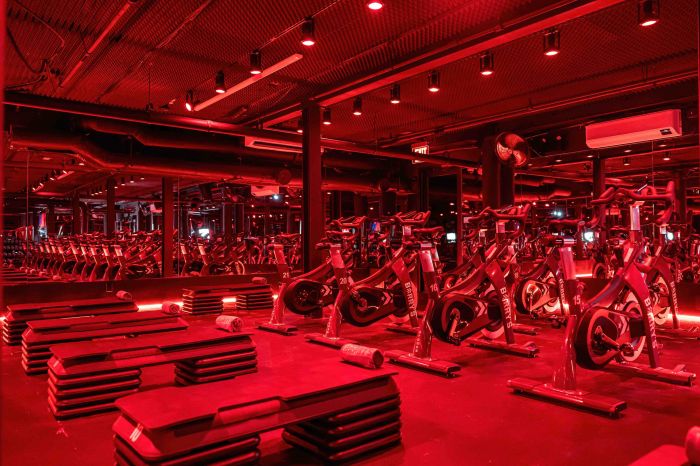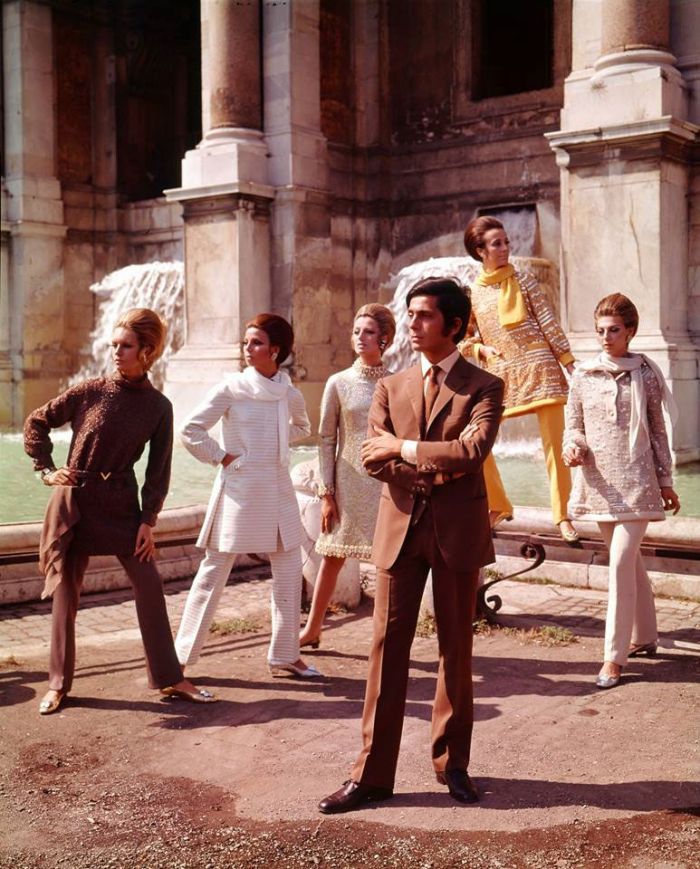
The history of Italian high fashion is brief, glittering, and on full display at the Victoria and Albert Museum's exhibit The Glamour of Italian Fashion: 1945-2014, showcased now through the end of the month. Curator Sonnet Stanfill has been working full-time on the exhibit for two years (which ends at the end of the month), and her sartorial fluency and historical sensibility shine through in the masterful show.

The more than 100 garments and accessories pay homage to the Italian institutions and individuals that have given the country its reputation as a wellspring of sophisticated glamour. From La Dolce Vita to the Missoni clan, Pucci capri pants to the silk houses of Como, the exhibit’s sheer range illuminates how deeply fashion is woven into Italy’s modern culture and history.
With Italy in ruins at the end of the Second World War, the fashion industry was integral in reviving its economy and spirit. The show opens with an acknowledgment of contemporary Italian fashion’s sad origins, showcasing two drab women’s day suits from the Mussolini era emblazoned with the marca di garanzia, the stamp of approval from the fascist National Fashion Board, whose task it was to forge a national identity through homogenization of apparel.
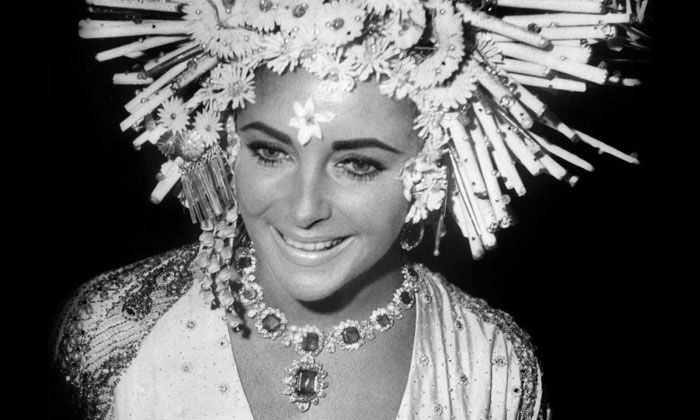
Italy’s emergence as a fashion powerhouse after the war would not have been possible without America. The American-led Marshall Plan provided the financing Italy needed to rebuild its textile and garment factories, and thanks to the prescience of the Italian businessman Giovanni Battista Giorgini, the Italian fashion industry became economically significant via introduction to the booming American postwar market. Giorgini convinced the government to allow him to stage runway shows for buyers and the international fashion press in Florence’s Palazzo Pitti's chandelier-bedecked Sala Bianca, where he introduced them to designers like Germana Manicelli and Vita Noberaska, whose clothes are on display at the exhibit. The shows were a sensation, and Italians, tired of wartime deprivation and sobriety, took to the opulence of high fashion and the culture that sprang up around it.
But Italian fashion only became truly world famous thanks to the globalization of the film industry, and what would come to be known as “Hollywood on the Tiber.” A room of the same name at the V&A highlights the iconic films shot in Rome’s studios in the ‘50s and ‘60s. The enthusiasm of American actresses like Elizabeth Taylor and Audrey Hepburn for the Italian designers they discovered while shooting was enough to induct names like Bulgari and Ferragamo into the high fashion canon.

On display during the exhibit is the diamond and 23.44 carat emerald Bulgari necklace Elizabeth Taylor wore on her wedding day to Richard Burton, a nod not only to the jeweler's Italian origins, but to the pair’s affair, which commenced on the Roman set of Anthony and Cleopatra. Audrey Hepburn fell in love with Rome while filming Roman Holiday, and along with the city, the designer Salvatore Ferragamo, whose flats she wore constantly for the rest of her life. A photo taken by an early pack of paparazzi hangs in the exhibit of Ferragamo showing Hepburn a pair of shoes. And speaking of paparazzi, perhaps no film did more to define the look of Italian fashion (and cinema) than Federico Fellini’s 1960 masterpiece, La Dolce Vita, which introduced the world to Marcello Mastroianni’s perfectly-fitted suits, and changed menswear tailoring forever.
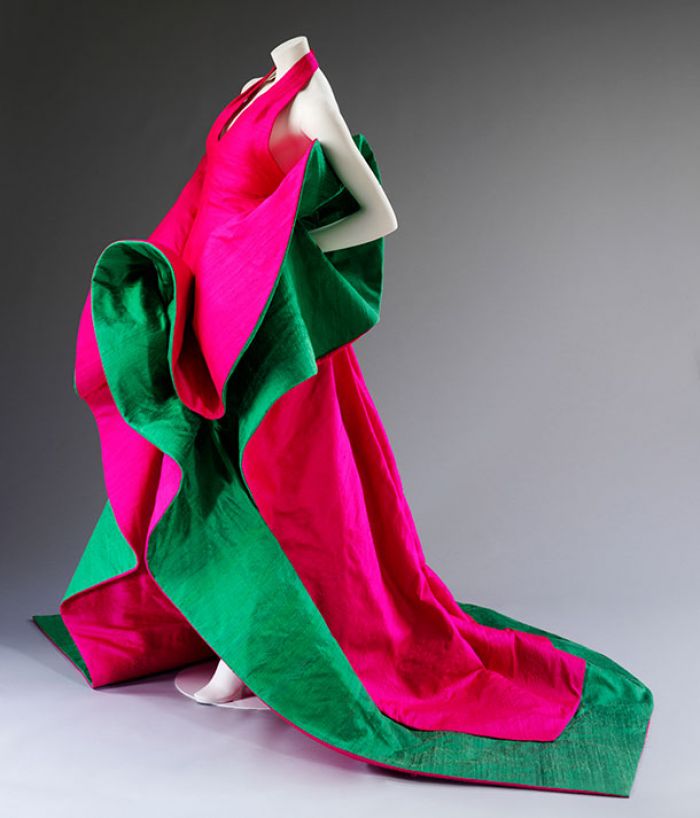
By the mid-‘60s, Italian fashion had become synonymous with glamour, and its influence felt the world over. The exhibit includes clothes that played roles in the socio-cultural history of this era, like the Mila Schön evening coat and silver floor length dress Lee Radziwill wore to Truman Capote’s Black and White ball and the paisley coat designer Biki made specially for Maria Callas. In the 1970s, Milan’s confluence of fashion press, designers, and producers solidified its claim as Italy’s fashion capital over its former rival, Rome. A slick advertising campaign launched in the ‘70s called “Made in Italy” (and shown in the exhibit) extolled the virtues of Italian food, design, art, cinema and fashion, in the hopes branding an Italian provenance as an indicator of taste. The branding worked, thanks in large part to the genuine perfectionism of Italian producers.
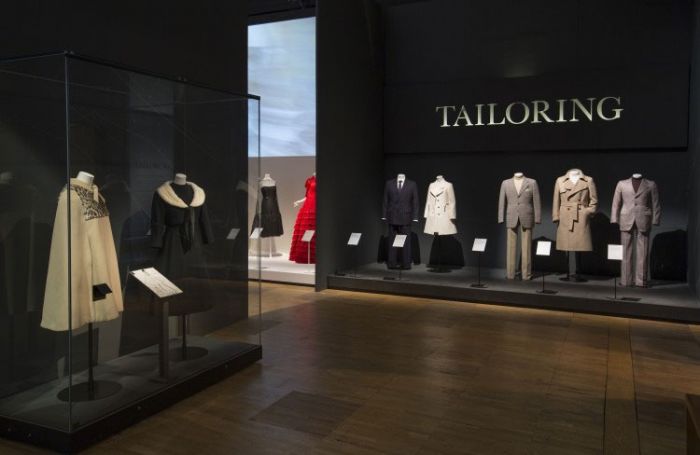
This perfectionism is illuminated in the exhibition’s profiles of Italy’s distretti produttivi, which are scattered from Turin to Florence to Rome, and shown on a digital map spanning a wall in the exhibition. These districts are full of small, family-run companies that specialize in producing singular materials like silk, wool, and leather in their respective regions: top-notch silk from Como, wool from Biella, and leather from Tuscany. With the perfect raw materials, the craftspeople in Italian ateliers began the meticulous process of transforming them into world-class clothing. The distinctly Italian alchemy of fitted tailoring, vibrant colors and high-quality fabrics has kept Italy’s fashion industry a bright spot throughout Italy’s political instability, social unrest and recessions.
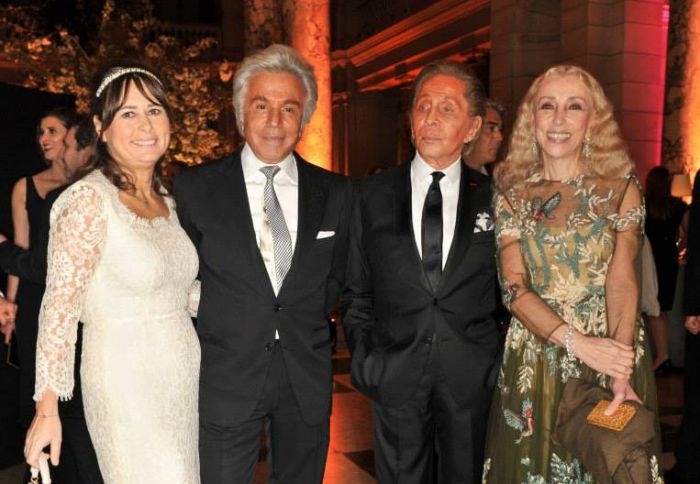
Houses like Pucci, Valentino, Missoni, Gucci, Marni, Fendi, Prada, Dolce & Gabbana, and Tod’s are permanent fixtures in editorial campaigns, and their shows are on the eternal agendas of the world’s top buyers. The Glamour of Italian Fashion is a loving tribute to a national industry that has achieved so much in so little time thanks to vision, rigor and through what Stefano Gabbana said at the exhibition’s opening which encapsulates Italian fashion: “For us, it is passion.”













